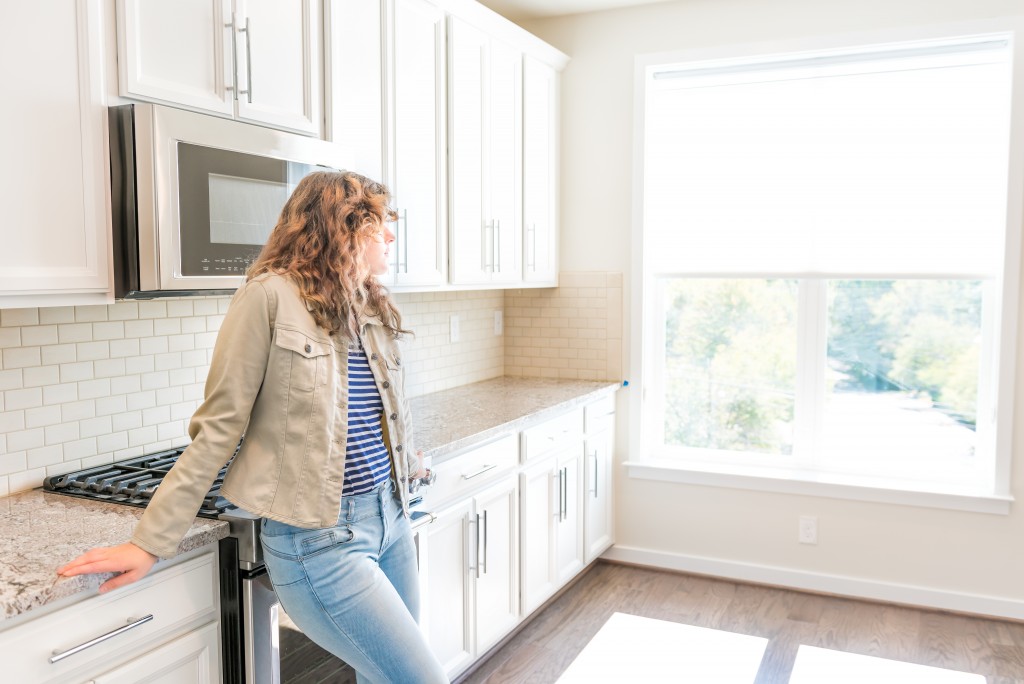Living in the digital age is an incredible time to own a home. There are so many property types to choose from: sprawling Tuscan-style mansions for those with luxurious Mediterranean tastes, Class A to C motorhomes for digital nomads looking for adventures, and even fixer-uppers for DIY seekers. On top of that, the latest innovations in Control4 technology provided us with smart homes we can automate at our fingertips. The exciting possibilities are endless; it’s easy to take for granted. Just take a home loan, and you can say hello to a new property.
But for centuries, property ownership wasn’t so easy for women, especially in the United States. To truly understand and appreciate how far women in America have come, the story needs to be told from the very beginning. Let’s dive into the past and take a look at how it all evolved.
3100 BCE to 1100 AD: Ancient Doesn’t Always Mean Backward Society
In Ancient Egypt, men and women had equal financial rights. That means Egyptian women could acquire, own, and dispose of properties in their own name. They could also independently enter contracts, initiate civil court cases, and be sued.
The same can be said for women in ancient Jewish societies. Jewish laws in 1800 B.C. allowed women to own properties and sue without male representatives. Although wives couldn’t inherit properties from their husbands, daughters could, provided that they didn’t have brothers. Should a son inherit an estate, he was expected to use the property to support the women in his family.
In a nutshell, some ancient societies were progressive in terms of women’s rights to the property. Even Ancient Roman women practiced the same estate rights as their Egyptian and Jewish counterparts. That continued well into the 800s among Norse and Anglo-Saxon societies. But that changed in the 1100s, at least for Western women, with the creation of the English common law.
As Anglo-Saxon and Norman values and traditions were combined, coverture was conceptualized. It meant that under the English common law, married couples were deemed as one financial entity. As such, married women could no longer own estates or sue in court unless they became widows or spinsters. Over the years, the idea of coverture transformed into the belief that women were the property of their husbands. Eventually, this view was carried across the pond by the first settlers in America.
1492 to 1700s: Colonial and Modern Transitions
American colonies followed the laws of the origin country, be it England or Spain. Thus, the predominant template for the property rights of women in colonial America followed the English idea of coverture. For over two centuries, husbands had full control over women’s properties. In 1718, Pennsylvania allowed women limited rights, particularly the right to own and manage properties if their husbands became incapacitated.
It would take decades to reach another milestone. Eventually, New York became the first state to require a woman’s say in selling assets. The legislation was named “The Act to Confirm Certain Conveyances and Directing the Manner of Proving Deeds to Be Recorded.” If a wedded man wanted to sell or transfer a property that his wife brought into the marriage, he would need her approval. A judge would also meet the woman privately to ensure that the agreement wasn’t forced and that the signature wasn’t forged. A few years later, Maryland followed suit. Technically, women couldn’t own properties, but they could prevent their husbands from selling estates as they please.
The 1800s Onwards: How Women’s Rights in New York Made an Impact
With the birth of first-wave feminism in the 1800s comes progress in women’s rights. It was slow, but it produced results. In 1839, Mississippi became the first state to allow women to own properties in their own names. But it was the 1848 Married Women’s Property Act in New York that became the model for the property rights of women in other states. For the first time since America was founded, women could transact business in her own right. That includes entering contracts, receiving an inheritance, owning properties, and filing lawsuits without depending on men to represent them in court. By 1900, other states had passed their own versions of the law.
Although it was far from perfect, the New York act marked the beginning of extensive women’s property rights. It also took several decades for the last remnants of men to hide the legal aspects of homeownership from their wives. In 1981, Kirchberg v. Feenstra deemed sole control of the marital property as unconstitutional. No longer could a husband take out a second mortgage on a jointly-owned property without his wife’s approval.
Moving Forward

America took a long time to allow female citizens to buy, much less control, a property. It had to be a husband or a male relative. Young women couldn’t even inherit homes from their own fathers, which made finding a husband so important back then. Today, thanks to the feminist movement, women no longer have to question their rights to buy and own a home.
But the fight isn’t over yet. There are still obsolete gender prejudices that exist even in the 21st century. If there’s a lesson to be learned in the long history of women’s property rights, it is that if we continue to fight for equal rights, we can live the change we want to see.







